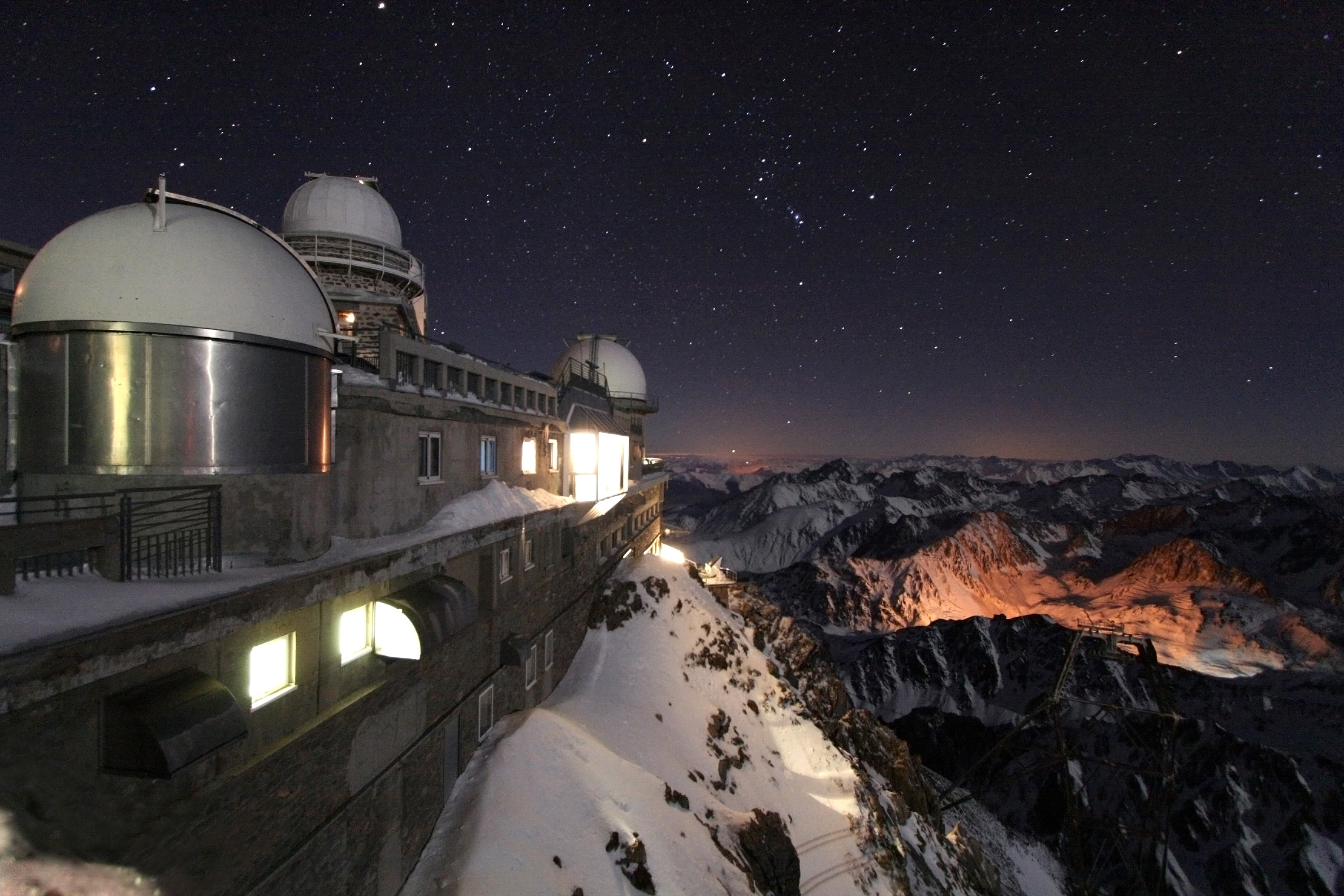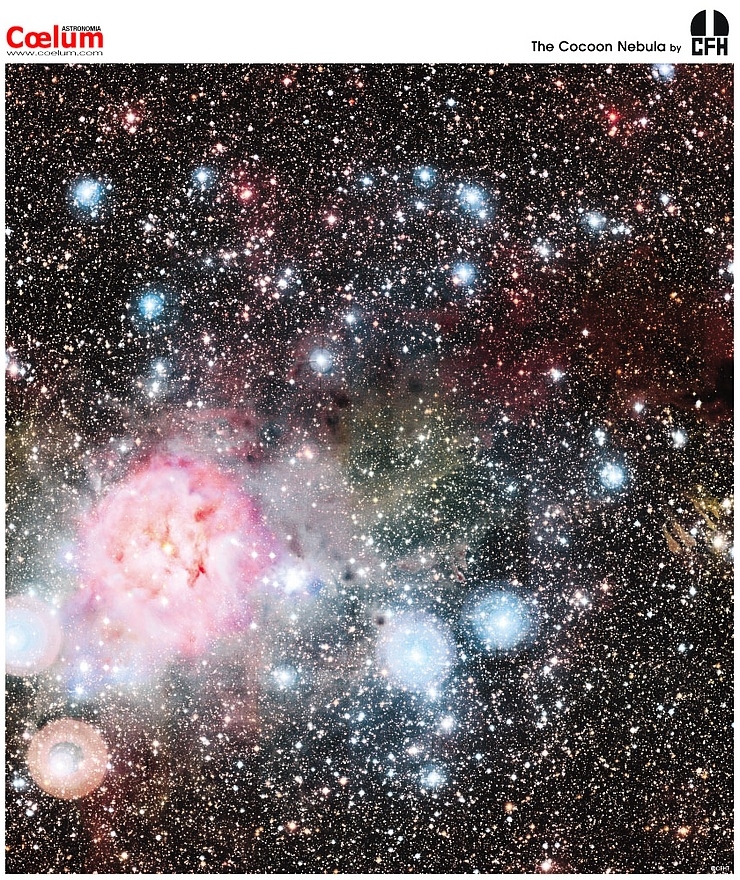
Friday, January 25, 2008
3.3:

Friday, January 18, 2008
3.2: The Cocoon Nebula from CFHT

Sunday, January 13, 2008
Observation Session: 1/8/08
Observation Session 1/3/08
During this session we looked for “shooting stars” from the quadrantid meteor shower. We only saw one really good “shooting star” that streaked across the whole sky. I also saw about 5 small “shooting stars”.
Observation Session 12/6/07
During this lesion we viewed many constellations and asterisms including the summer triangle, Casseopia, Cetus, Perseus, etc. We also viewed first magnitude stars like Fomalhaut and Vega. We also viewed Comet Holmes, Mars, and various M objects through the telescope.
Friday, January 11, 2008
Friedrich Georg Wilhelm Struve

Friedrich Georg Wilhelm Struve was born on April 15, 1793 in Altona (which was then in
Struve spent many of his observations looking at double stars. Most double stars are actually binary stars instead of optical doubles. Binary stars orbit around each other’s barycenter and change position over time. Struve made measurements of these tiny position changes. From 1824 to 1837, he measured over 2,714 double stars. He published his data in Stellarum duplicium et multiplicium mensurae micrometricae. Struve also measured aberration. Although Friedrich Bessel was the first to measure a star’s parallax, Struve was the first to measure Vega’s parallax.
Struve also completed geodetic surveying between 1816 and 1855. To try and find the exact size and shape of the Earth, he started the Struve Arc. It was a chain of survey triangulations from
Works Cited
"Friedrich Georg Wilhelm Struve." NNDB. 2008. Soylent Communications. 9 Jan.
2008
Gale, Thomson. "Friedrich Georg Wilhelm Von Struve." BookRags. 2006.
Encyclopedia of World Biography. 9 Jan. 2008
Ripley, George, and Charles A. Dana. "Encyclopedia of World Biography."
Google Book Search. 1883. 9 Jan. 2008
Smith, J R. "The Struve Geodetic Arc." Sept. 2005. International Institution for
History of Surveying & Measurement. 9 Jan. 2008
3.1: Mammatus Clouds Over Mexico

3.1: Mammatus Clouds Over Mexico
